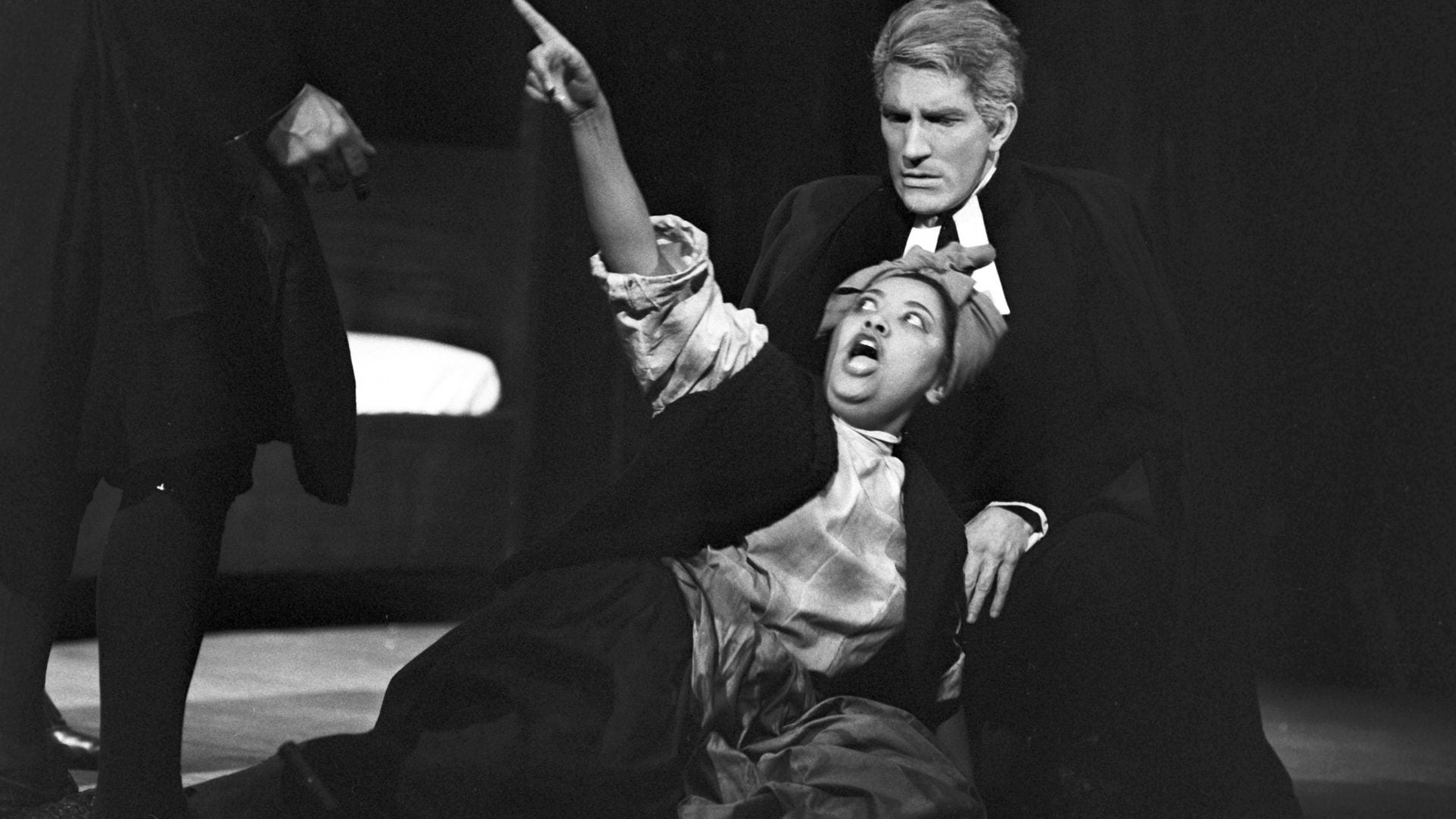
It’s Halloween and ESSENCE is taking a look at the OG Black Girl Magic during the Salem witch trials.
We’re going to kick off the holiday with a little fact vs. fiction
Fiction: Only colonial white women were accused of being witches
Fact: One of the first women to be accused of witchcraft in Salem was a Black enslaved woman named Tituba Indian.
So who was Tituba? Much of what we know about her comes from the infamous testimony she provided to the court. Records have pieced together that Tituba was an enslaved woman from the West Indies who worked for the Reverend Samuel Parris, the minister of Salem Village. It is believed that her surname comes from her marriage to John Indian who was also enslaved.
In January of 1692, Parris’ daughter and niece mysteriously became sick. The doctor who treated the two young girls believed “someone was performing witchcraft to punish the minister and his family.” Tituba was advised by a member of the church to bake a “witch cake” in order to uncover who was torturing the girls.
Trying to help, Tituba made the cake per the exact recipe. After the family dog ate the cake, the girls disclosed that Tituba was the person who was torturing them. Thus Tituba became one of the first people accused of witchcraft in Salem.
Along with two other suspects, Tituba appeared before the authorities on March 1, 1692. While the other two denied all the accusations against them, Tituba delivered a compelling confession. “She proved a brilliant raconteur, the more compelling for her simple declarative statements…And she was expansive: Hers is among the longest of all Salem testimonies,” Smithsonian Magazine reports. “Having fielded no fewer than 39 queries that Tuesday, Tituba proved equally obliging over the next days…She delivered on every one of Hathorne’s leading questions.”
Those listening in the courtroom were riveted. This inspired more people to come forward and accuse others of being witches, igniting what we now call the Salem Witch Trials.
Tituba “was indicted as ‘a detestable witch’ and languished in jail for more than a year.” Even after Tituba recanted her confession, telling the magistrate her master beat her until she confessed, she was still not freed. Thirteen months after she was first imprisoned, Tituba was finally released after an unknown person paid her bail.
But it’s important to note Tituba wasn’t the only one. According to the journal article BLACK MAGIC: Witchcraft, Race, and Resistance in Colonial New England, “there is evidence of the accusation of Black people for the crimes of witchcraft and satanic possession in colonial New England. Despite the small proportion of the population that was Black and despite the low status…Blacks appeared in a number of criminal proceedings that involved witchcraft either directly or by implication.”
If you’re looking for more, Black author Maryse Condé wrote a fictionalized account expanding on Tituba’s life in her short novel, I, Tituba … Black Witch of Salem.




